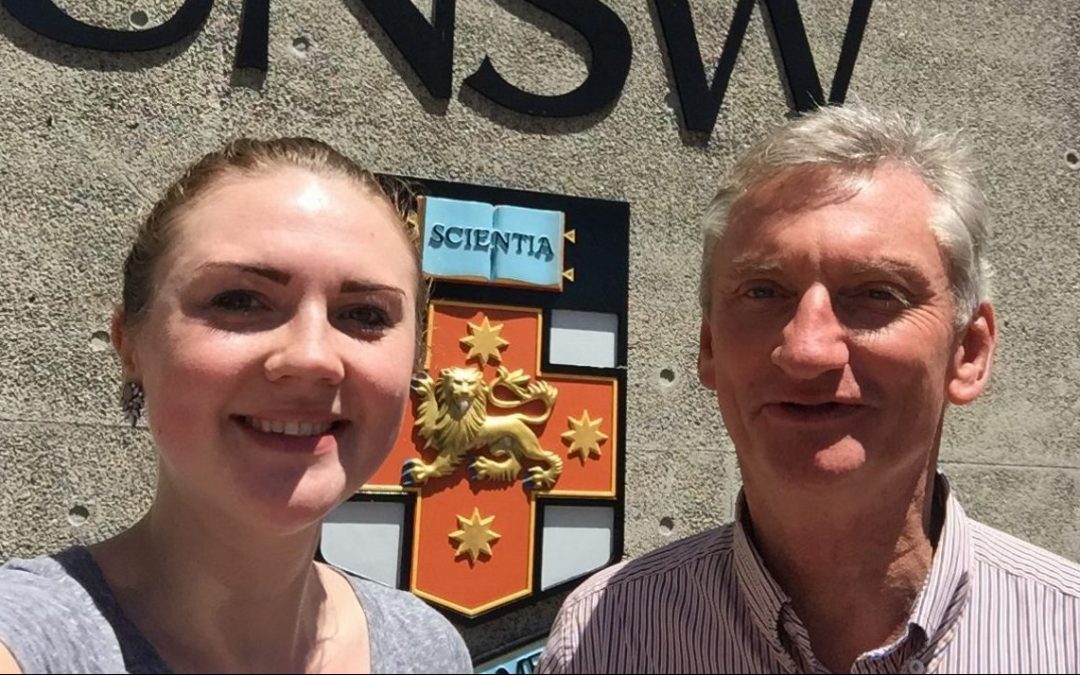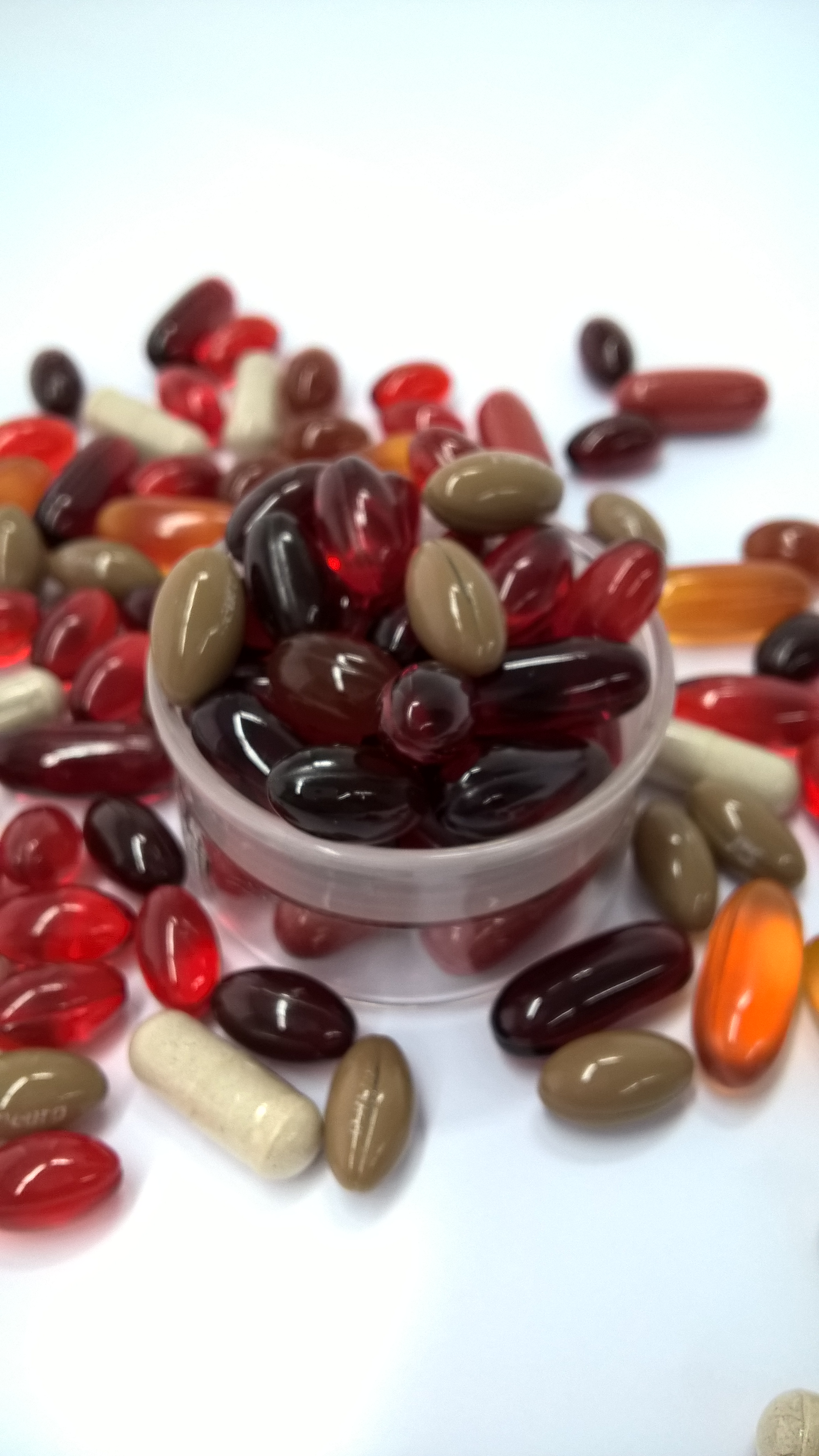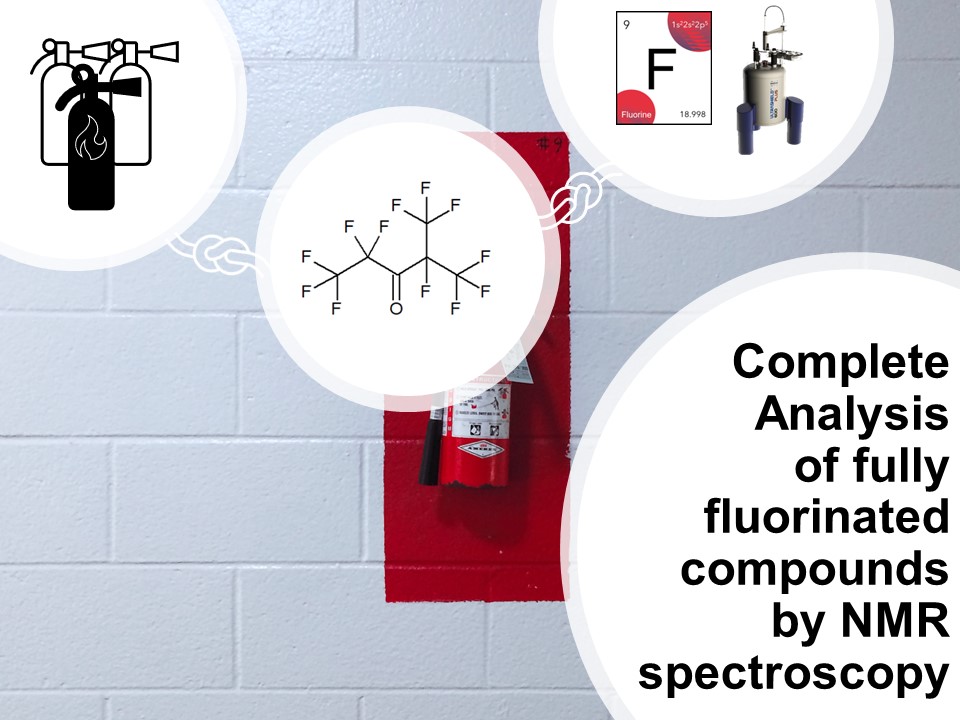Ever since its foundation in 1990, Spectral Service has continuously stressed on the importance of regional and international cooperation and exchange of knowledge to increase the quality, to develop new applications and thus, to demonstrate the importance of NMR spectroscopy as an analytical technique. As an integral part of our work, international cooperation and exchange aims at promoting basic and advanced NMR research and the progress of science. Usually, scientists from all over the world visit us – from Malaysia, Australia, America and from Europe. However, this time we decide to learn 17Oxygen (17O) NMR spectroscopy at the University of New South Wales (UNSW) and the Mark Wainwright Analytical Centre (MWAC) in Sydney. Dr. James Hook (UNSW) and Elina Zailer (Spectral Service AG), we worked together on a research project to optimize the basics of the 17O NMR spectroscopy as well as to find new applications. Here we focus on 17O NMR spectroscopy of the acidity, and the water content of different kinds of vinegars. Furthermore, we examined the water and ethanol content in alcoholic beverages such as beer, whiskey and sake. Comparing the German and Australian law, differences in the permitted acid concentration can be identified. In Germany, by law vinegar should contain between 5 and 15.5 gram acid per 100 mL, calculated as water-free acetic acid, whereas, in Australia vinegar should contain no less than 40 g/kg of acetic acid. But do the vinegars, we buy in our daily life in the supermarket, meet the quality parameters? To answer this question we examine 16 different including e.g. white and red wine vinegar, balsamic vinegar, rice vinegar, champagne vinegar, and sherry vinegar. We found out that two vinegars did not pass the quality control regarding the acetic acid concentration.

One of these two vinegars was the balsamic vinegar. The challenge here was the high sugar content which had a significant influence on the signal shape and, thus on the signal-to-noise ratio (SINO). The very low SINO led to an erroneous quantification. However, all other vinegars could be easily analyzed by 17O NMR spectroscopy within 10 minutes concerning their acid and water content. Details of the research results will be published soon. 17O NMR spectroscopy can also be used to determine the residual water content in chemicals and solvents such as glacial acetic acid, to identify nitrates, sulfates and phosphates in products and to determine ethanol and water simultaneously in alcoholic beverages.
As presented in the present and previous research works, the 17O NMR spectroscopy is a powerful tool which complements the holistic control with NMR spectroscopy.







